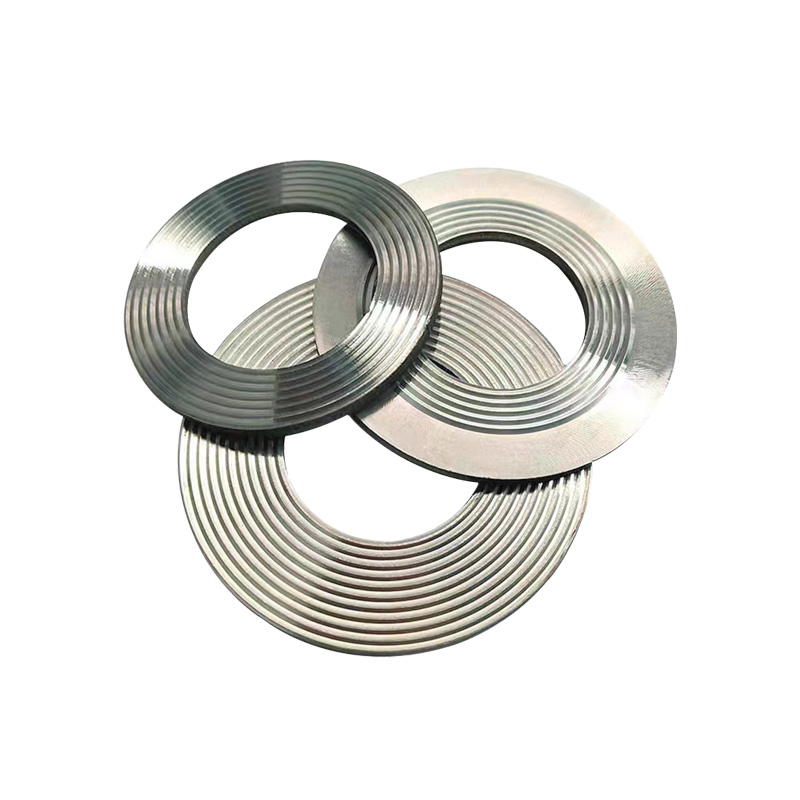Basic metal spiral wound gaskets are manufactured through forging, heat treatment, and machining processes. They are metal sealing gaskets used in oil and gas pipeline flanges, pressure vessels, high-speed joint surfaces, and high-temperature and high-pressure valve covers, especially under fluctuating pressure and temperature conditions. They can still maintain good airtightness.
(1) Determining the gasket specification for use
Generally speaking, the standards for metal spiral wound gaskets with outer rings are the same as those for flanges. Commonly used standards include: China National Standard (GB), Machinery Industry Standard (JB/T), Chemical Industry Standard (HG), and International Organization for Standardization (ISO).
(2) Determining the nominal diameter and nominal pressure of the gasket
The nominal diameter and nominal pressure of the gasket are the same as those of the flange. For example: DN100-PN2.5.
(3) Determining the type of gasket
The type of gasket used depends on the nominal pressure and maximum temperature of the medium. They are mainly classified into flexible graphite, polytetrafluoroethylene (PTFE), rubber, asbestos-free fiber gaskets, and wound gaskets, corrugated dynamic gaskets, oval gaskets, and octagonal gaskets. Due to environmental and health concerns, asbestos gaskets are gradually being phased out and are not recommended for use in this context.
(4) Determining the form of the gasket
The forms of gaskets are mainly divided into four categories: non-metal soft gaskets, wound gaskets, metal composite gaskets, and metal gaskets. The specific form of the sealing gasket should be selected based on the flange form and with reference to the performance parameters provided by various manufacturers.
(5) Determining the specification sheet and model of the metal spiral wound gasket
The material of the sealing gasket should be determined based on the temperature, pressure, and corrosion resistance of the medium, and then the type of gasket should be determined based on the above information. The model of the gasket generally includes six parts: gasket form, material, nominal diameter, nominal pressure, standard number, and manufacturer or model number.






